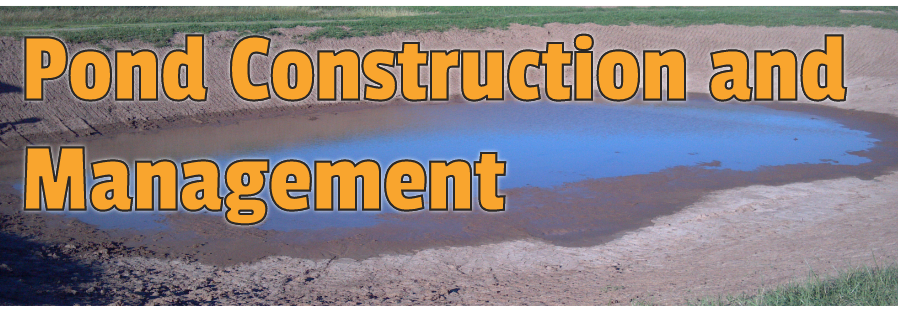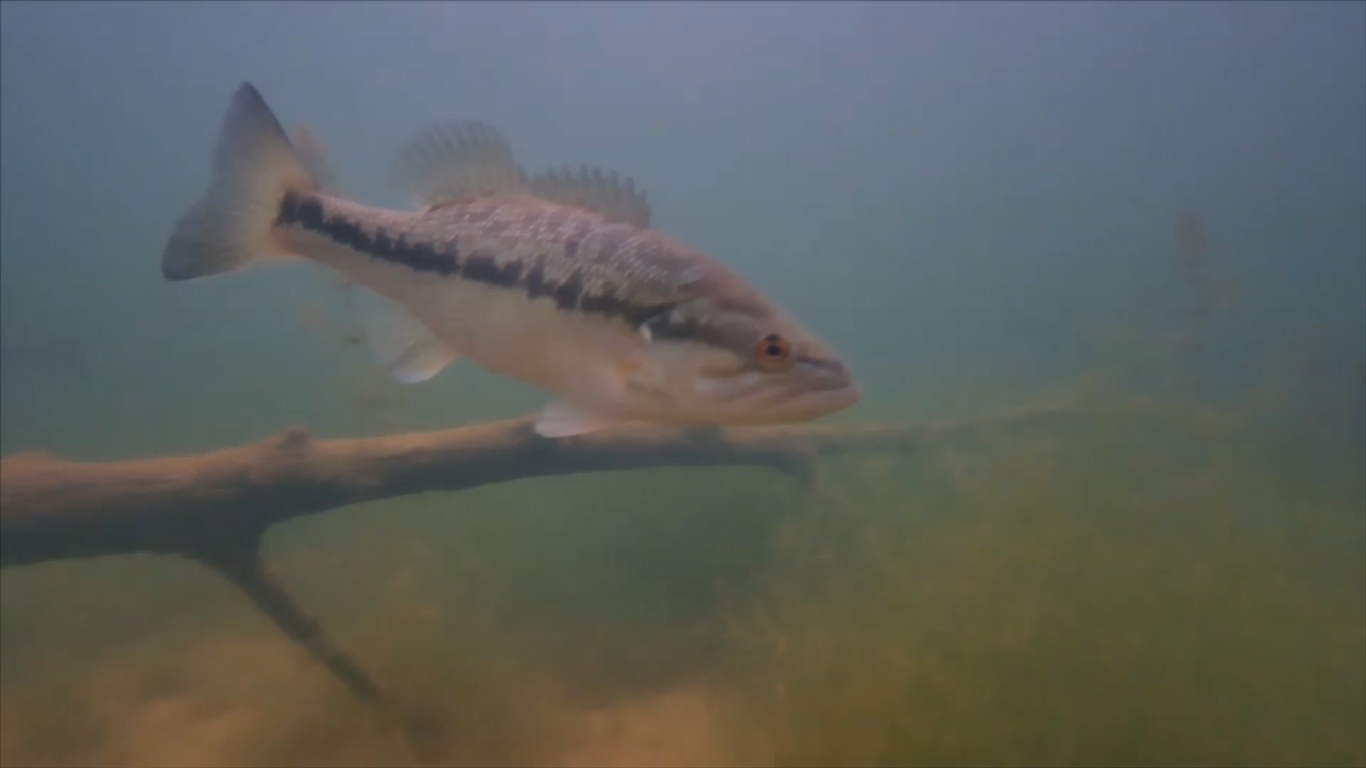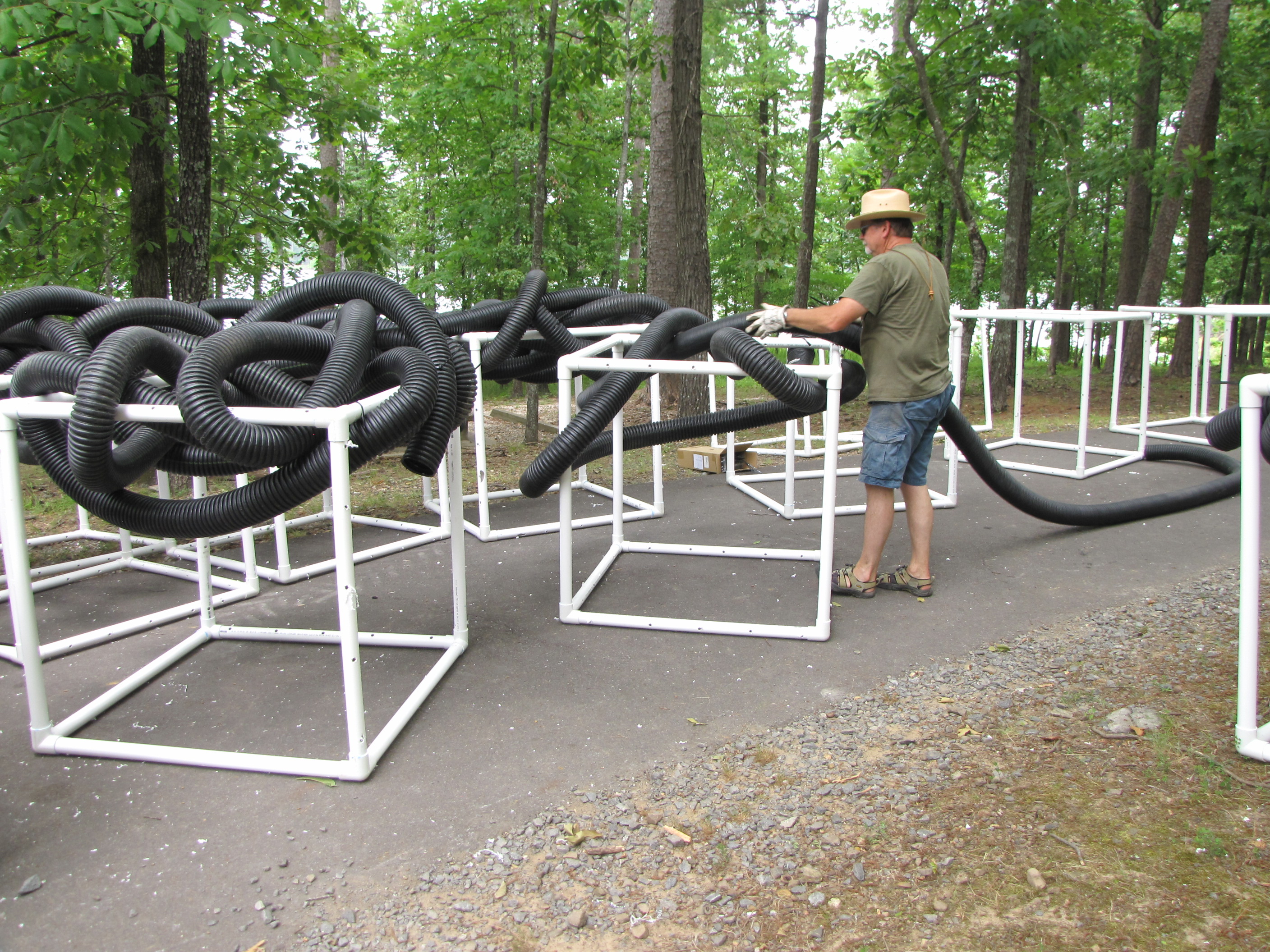Main Content

Fish Habitat

Habitat is generally defined as the place where an organism lives, but in fishery discussions the term is usually referring to natural or artificial cover that attracts and concentrates fish.
Fish habitat can literally be anything. Natural vegetation, rock piles, fishing piers, artificial fish attractors purchased from sporting goods stores, even sunken boats and old vehicles can all attract fish. A little imagination and spare construction/plumbing parts can make for a fun project that enhances your fishery. In fact, many state fisheries management agencies are currently evaluating the efficacy of different DIY artificial cover to determine which materials and designs provide the best bang for the buck.
While cover is good, too much can be a problem also. If your pond has vegetation, try to keep less than 20% of the pond’s total area vegetated. If you are placing brush piles, pallet stacks, stake beds, Georgia cubes, commercially available fish attractors, or other DIY cover, focus on making fewer but larger and more complex piles of cover versus several small simple piles. One to two large piles per acre is a good general rule of thumb. While some forms of cover tend to attract certain species, large complex piles tend to attract all species. These piles can be 20 to 30 feet in diameter. Include both large branches or structures with wide open spaces for large fish to swim through, as well as thin branches or structures with tight spaces for small fish to hide in all within the same pile. Depth of the pile can start in as little as about 3 feet of water down to about 8 feet of water, though there are exceptions. To make your piles even more effective, place them near points, in corners or pockets along the bank, on top of submerged islands or humps, and along the edges of drop-offs to deep water.

Keep in mind that while relatively expensive, commercially available fish attracters and DIY cover made of composites and plastics tend to last forever. Far cheaper options in the form of downed trees, cut limbs, saplings, and used Christmas trees, for example, will decompose over time and may require more physical labor or time building and deploying them. The larger the branches, the longer they will last. Christmas trees are known to break-down in about a year and these spots need to be reloaded regularly to maintain their effectiveness.
What to read next:
-
Fertilization
-
Feeding